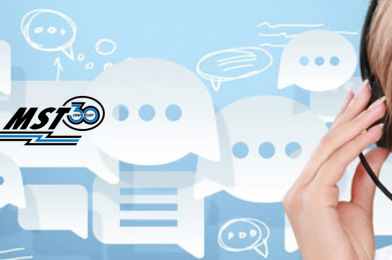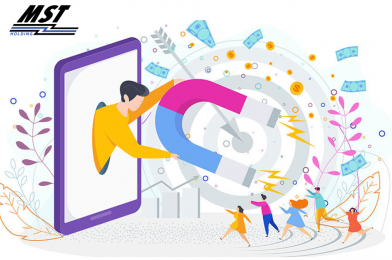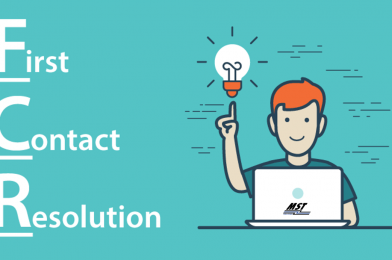A study reveals that most companies from the USA and the United Kingdom are clearly aware of the digital transformation benefits and they make it their number 1 priority for 2022.
The digital transformation is now a business priority from the top management for most companies from the United States and the United Kingdom. Collected from interviews with 403 executives, the study reveals to what extent the pandemic has served as a catalyst very necessary to adopt the digitals tools and processes that are necessary for a sustainable and resistant business growth.
COVID as a catalyst for the digital transformation
The historic chain of events that followed the designation of COVID-19 as a pandemic, can last years to be a filled process and understood on the social level. Just then it will be possible to extract the necessary knowledge and formulate the learned lessons to test the elements and operations that were exposed that are more vulnerable that sustain our global society and the institutions that support them.
In the other hand, for world companies, the necessary steps to isolate, eradicate the exposed functional weakness and enhance their proactive capacity in front of the continuous disturbances were presented in real time.
With the understandable exception from companies of the travel and hospitality sector, every company from all sectors that are vertical oriented to the client, faced the constant change of the expectations and needs from the clients had something in common: it reached the digital maturity.
The client experience definition has changed
In the first three months of the pandemic, the 76% of the consumers had change the channel, to online shopping. Early 2021, the positive client experience definition (CX) had been adapted to include a website easy to navigate, live chat support and 24 hours a day assistance.
This client experience reestablishment is the reason why the 81% of the companies will increase their investment in CX provision in 2022. It is also the reason that for most boardrooms, the key to realign with the consumers and make the investment count is the transformation.
The digital transformation is the strategic priority for 2022
The 96% of the companies’ leaders have made the digital transformation of the company as a topic of interest for 2022 and the 64% of the managers cited it as a priority for next year.
The corporate appetite for digitalization has been growing in the last 18 months. In the 2020 summer, the digitalization went from being a topic of conversation to a consideration. It moved up the agenda of the managers to the point where the 24% of the global CEO’s identified the digitalization of the operations and the basic business processes as their number one priority and the other 20% situated it in the second place.
This priorities change is the reason why the brands are already taking concrete steps on this transformation journey. One of every five CEO declare that their company can be considerate digital-first and the other 36% of the companies had passed the proof of concept phase and the digitalization pilot at the end of the first quarter of 2021.
A clear competitive advantage
The study also makes clear the tangible benefits of the digitalization and that the brands that prioritize the digital are already enjoying its competitive advantage.
For example, one of every four companies leaders respondents for the study reveals that the y have established speech and text analytics and data mining and the 36% had gotten to a point where it could tap into enough different data sources to make real time adjustment in their CX offering.
And what is more important, one third of the included companies in the survey sample group already share the data and information across the company, at an operational level and not only in the executive strata.
Until data is democratized in this way, it will be impossible to leverage information or empower all employees to share ideas and the knowledge that can continue to drive a business.










